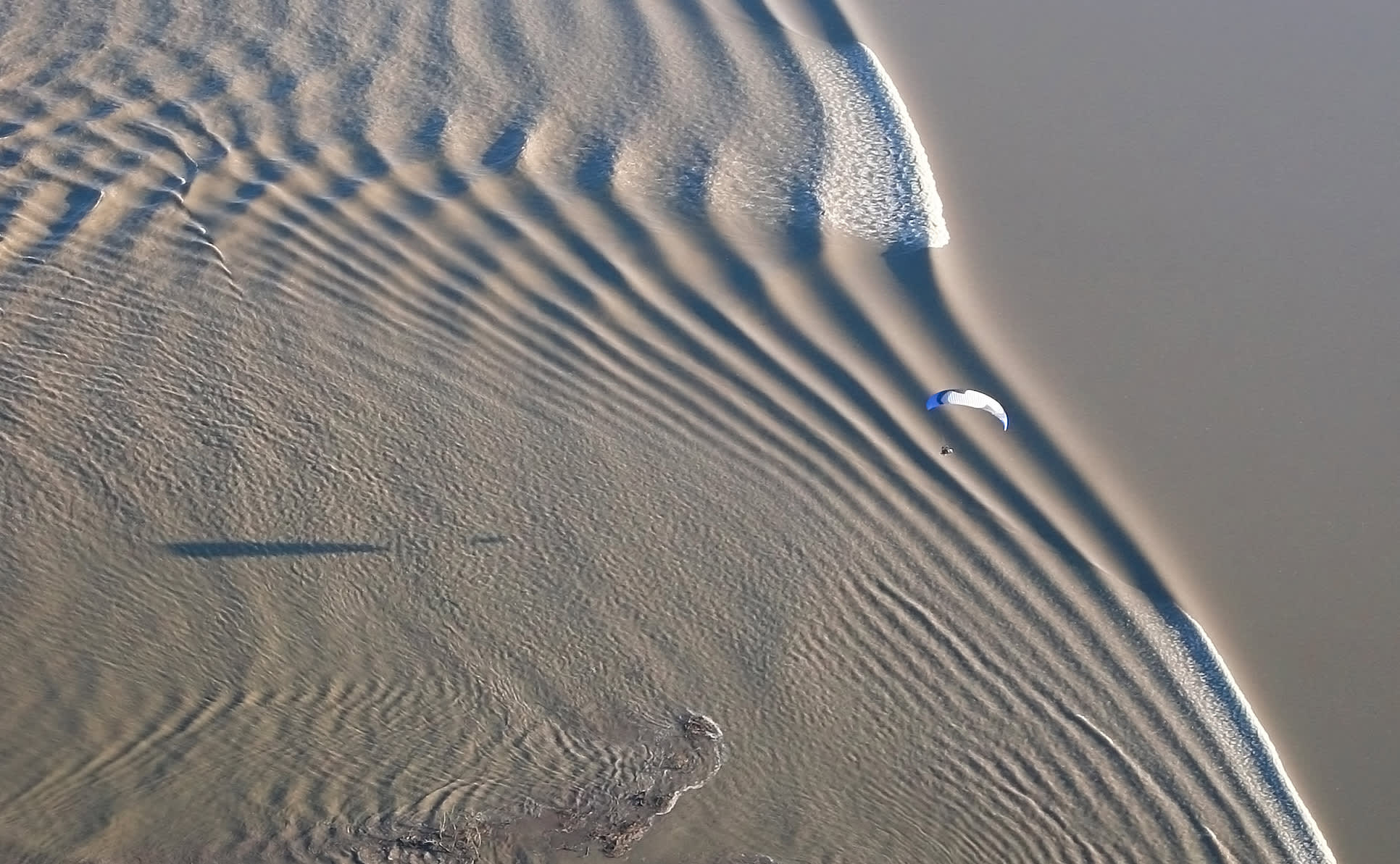Products You May Like
An independent commission in the U.K. is to revisit the possibility of using the Severn Estuary, a large body of water between England and Wales, to harness tidal energy.
The commission will be set up by the pan-regional Western Gateway Partnership, which covers western England and south Wales.
“The time is right to look again at what could be an incredible source of clean, environmentally friendly energy on our doorstep,” Jane Mudd, who is vice chair of the partnership and also leads Newport City Council, said in a statement Tuesday.
The commission, Mudd added, would “have the expertise and independence it needs to explore whether using the Severn Estuary to create sustainable power is attainable and viable.”
Katherine Bennett, the Western Gateway Partnership’s chair, said it had been known for some time that the Severn had “huge potential for creating clean renewable energy.”
According to a paper published by the Institution of Civil Engineers in 2016, the output from the Severn’s tidal range could be approximately 25 terawatt hours per year, or “about 7% of the UK energy needs.”
While there is excitement about tidal power’s prospects, the newest proposal is in its very early stages and any project would require significant levels of investment.
“No decisions have been made about what a potential solution for getting power from the Severn might look like or whether any development will take place,” the Western Gateway Partnership said.
The notion of harnessing the Severn Estuary’s tides to generate power has been mooted for many years. This is because the tidal range — a term which refers to the height difference between low and high tide — is one of the world’s largest, at up to 14 meters.
Despite this huge resource, projects have never gotten off the ground. Back in 2010, the U.K. government said it did not “see a strategic case to bring forward a Severn tidal power scheme in the immediate term.”
“The costs and risks for the taxpayer and energy consumer would be excessive compared to other low-carbon energy options,” the government added.
The establishment of the new commission comes at a time when concerns about Europe’s reliance on Russian oil and gas have been brought into sharp focus following the invasion of Ukraine last month.
Huw Thomas, a Western Gateway board member, acknowledged previous tidal power schemes had not garnered support from the U.K. government “due to a perceived requirement for high levels of public investment and concerns over the environmental impact on designated areas in the Severn Estuary.”
“However, the changing landscape of the climate emergency, energy insecurity, rising costs, and rapid technological improvements indicate that many of these policy, cost and environmental barriers may no longer be as significant,” Thomas, who is also the leader of Cardiff City Council, said.
In comments published by the Guardian on Tuesday, Michael Gove, the U.K.’s secretary of state for levelling up, housing and communities, offered his support for the commission.
“Russia’s invasion has served to heighten concerns about energy security and costs,” the Guardian reported Gove as saying.
“Sustainable forms of energy cannot come soon enough. The launch of an independent commission on tidal energy for the Severn is very welcome news.”
Tidal power has been around for decades — EDF’s 240 MW La Rance tidal power plant in France dates back to the 1960s — but recent years have seen a number of new projects take shape.
In July 2021, a tidal turbine weighing 680 metric tons started grid-connected power generation at the European Marine Energy Centre in Orkney, an archipelago located north of mainland Scotland.
And in October, plans for a £1.7 billion (around $2.24 billion) project in the U.K. incorporating technologies including underwater turbines were announced.
